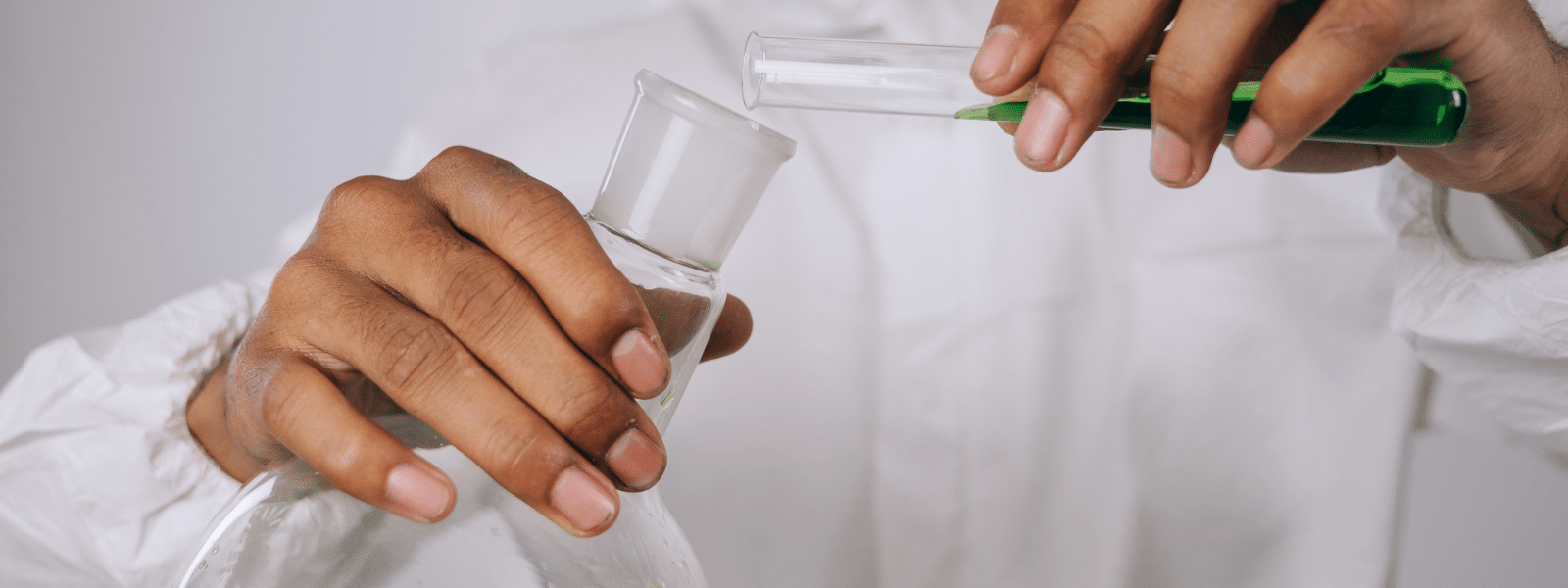Bacteria and other small organisms can cause serious issues for the water used in industrial settings. Whether the accumulation of biomass clogs the pipes of a system or makes water hazardous to humans, it is important to control the organisms living in the water you are using.
Depending on the type of organisms you are targeting, and the final purpose of the water you are disinfecting, different biocides will work better to eliminate these undesirable organisms.
In this blog post, we’ll take a closer look at examples of biocide disinfectants, and the best place to purchase them for your industrial needs.
Oxidizing Biocides
Oxidizing biocide disinfectants work by interacting chemically with the organic molecules within organisms (e.g., proteins, enzymes, cellular matter), and causing them to lose electrons and become unstable, thus killing the organisms.
There are many types of oxidizing biocides, including:
- Chlorine
- Chlorine Dioxide
- Chloramines
- Potassium ferrate
- Bromine
- Iodine
- Halogenated hydantoins
- Ozone
- Hydrogen peroxide
- Peracetic acid
- Sodium bisulphite
Chlorine and chlorine-containing compounds are by far the most widely used disinfectants in water treatment because of their reduced cost and high effectiveness. However, some industrial membranes may be sensitive to chlorination, and these compounds can cause hazardous by-products. Potassium ferrate has been used as a safer alternative.
Iodine, hydrogen peroxide, and peracetic acid are all useful for disinfecting water but can be abrasive to certain industrial systems. Ozone is extremely effective at oxidation, but is unstable and must be produced on-site with the potential to cause hazardous by-products.
Sodium bisulphite is used to bind oxygen, but its efficiency is highly dependent on the type of microorganism being targeted.
It is very important to understand the type of biofouling you are dealing with, but also the destination of the water you are treating, to make sure that the level of risk associated with any of these chemicals is acceptable.
Non-Oxidizing Biocides
Non-oxidizing chemicals work in many ways, but generally by stopping the organisms from breathing, interfering with their reproduction, or breaking apart their cell walls.
Here are some examples of non-oxidizing biocide disinfectants:
- Formaldehyde
- Glutaraldehyde
- Ammonium
- Halogenated amides
- Guanidines
- Glycols
- Thiocarbamates
- Amines
- Thiocyanates
- Aldehydes
- Organotin compounds
Need Help Finding the Right Biocide Disinfectants?
At Ecolink, we are proud to provide many chemical solutions to common problems. If you find yourself in need of biocide disinfectants or have any other problems that may require industrial-grade chemicals, please reach out to us! Our knowledgeable team will be happy to help you figure out the best solutions for your needs!















